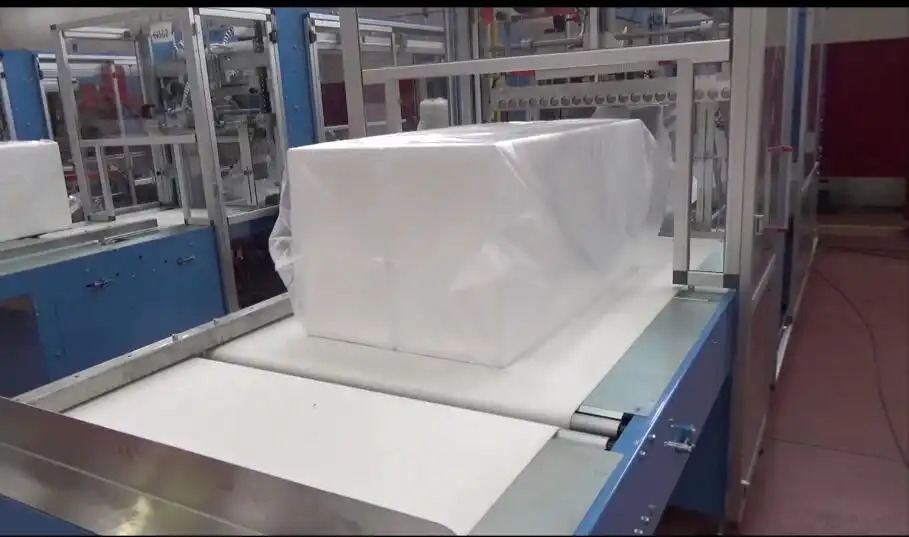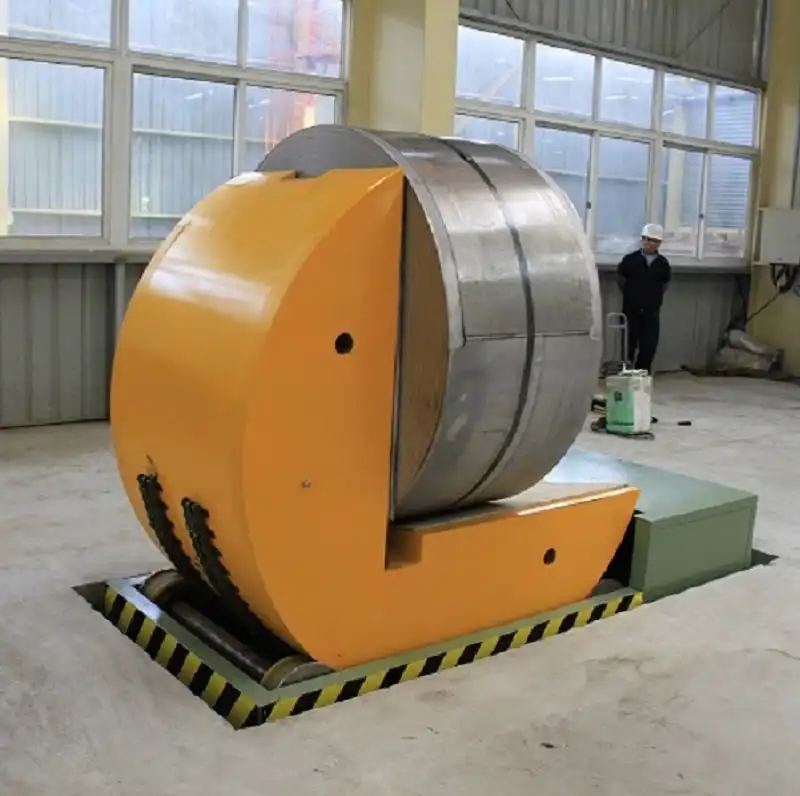
When considering an investment in a coil upender, the decision goes far beyond just the upfront purchase price. I’ve learned firsthand that the total cost of ownership involves numerous factors, including maintenance expenses, operational efficiency, and even potential resale value. What I initially thought was a straightforward purchase quickly revealed itself as a multifaceted decision with impacts on various aspects of my business.
The price tag may give you pause, but there’s more to it than meets the eye. A coil upender can be a transformative addition, boosting efficiency and safety in ways that may not be immediately visible in financial terms. However, like any large-scale equipment, it also comes with hidden costs and long-term commitments that need to be factored into the equation.
Owning this piece of machinery brings both tangible and intangible benefits, but it’s critical to examine the whole picture. Let’s dig deeper into what makes the investment worthwhile—or not—by breaking down the true costs involved.
[Claim: Understanding the complete cost of a coil upender is key to making an informed investment decision.]
Chart that summarizes the key factors in evaluating the true cost of owning a coil upender:
| Factors | Description | Cost Impact |
|---|---|---|
| Upfront & Hidden Costs | Includes purchase price, installation fees, energy consumption, and setup costs. | High Initial Cost |
| Operational Efficiency | Boosts productivity by reducing handling times and preventing bottlenecks, allowing smoother workflow and increased output. | Cost Savings Over Time |
| Maintenance Expenses | Routine checks, parts replacements, and preventive maintenance to ensure operational reliability and reduce downtime risks. | Ongoing, Moderate Cost |
| Unexpected Repairs | Costs associated with unplanned repairs, especially in case of wear or unexpected issues with hydraulic components. | Variable, Potentially High |
| Resale Value | Depreciation and potential to recover investment by selling the machine when no longer needed; value depends on condition and maintenance. | Potential Return on Investment |
| Total Cost Consideration | Combination of all factors above; long-term value depends on consistent usage and maintenance, potentially offsetting initial investment over time. | Balanced by Usage and Resale |
This chart captures the layered financial impact of owning a coil upender, from immediate costs to potential long-term savings and resale benefits.
What are the Upfront and Hidden Costs of Ownership?
1.1 Uncovering Initial and Secondary Costs
When I first looked into purchasing a coil upender, the initial price was a big consideration. Coil upenders can vary widely in price depending on size, capacity, and added features. Some upenders offer advanced automation capabilities, which can increase the upfront cost but promise longer-term savings. While the sticker price covers the basics, it’s crucial to consider secondary costs, such as installation fees and initial training for operators. These add up quickly, and in some cases, can represent a significant portion of the initial investment.
1.2 Beyond the Price Tag
The hidden costs associated with coil upenders often come from areas that aren’t obvious at first glance. Energy consumption is one such cost. A high-capacity coil upender may require a significant amount of electricity, especially if it’s used frequently. Additionally, there are expenses related to setting up the work area, ensuring it meets safety and spatial requirements. These factors can contribute to a much higher initial outlay than anticipated, making it essential to budget beyond the base price.
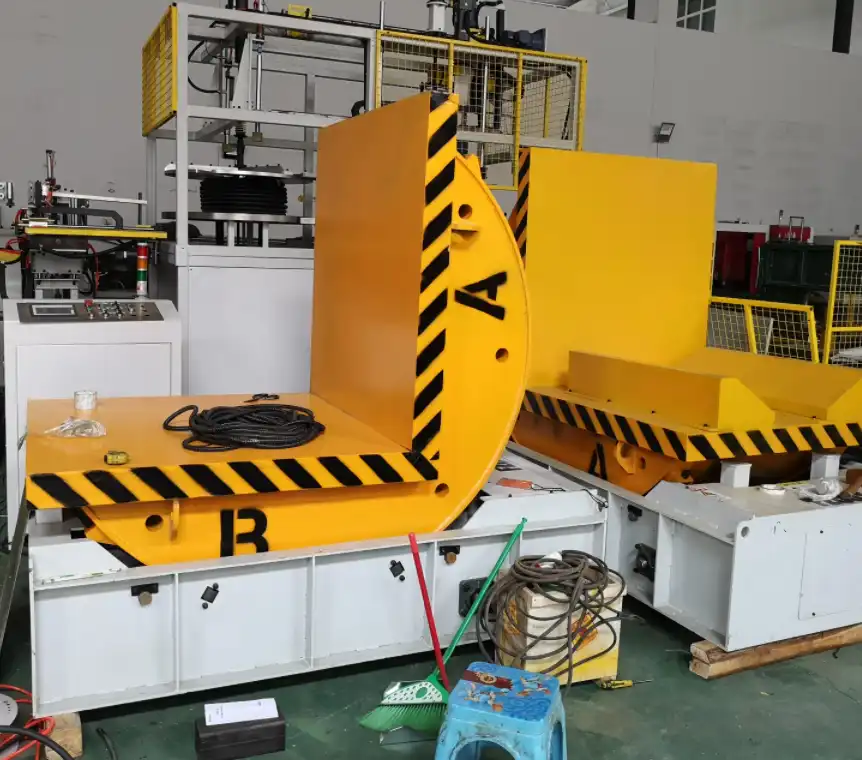
1.3 Weighing Immediate Costs Against Long-Term Gains
It’s tempting to focus only on the immediate costs, but I realized that doing so misses the bigger picture. Investing in a higher-quality coil upender upfront, even if more expensive, can pay off with lower long-term maintenance and better energy efficiency. Considering how these initial costs align with potential savings in productivity and durability over time is essential in evaluating whether the purchase price is justified.
How Does a Coil Upender Impact Operational Efficiency?
2.1 Efficiency Gains Through Reduced Handling Times
One of the main benefits I noticed with a coil upender was the reduction in handling times. Before having this machine, tasks like rotating and positioning coils required manual labor and time-intensive processes. The coil upender streamlined this, allowing my team to accomplish tasks in half the time. This improvement in handling efficiency doesn’t just speed up operations—it reduces strain on employees and decreases the likelihood of workplace injuries, which, in itself, can translate to cost savings.
2.2 Efficiency’s Ripple Effect on Overall Productivity
With a coil upender, the efficiency improvements extend beyond just the handling process. When coils are moved and rotated faster, downstream processes benefit from reduced bottlenecks. Production flows more smoothly, enabling us to meet targets faster and more consistently. These small, incremental boosts in efficiency have a compounding effect over time, allowing us to take on additional projects or optimize production schedules more effectively.
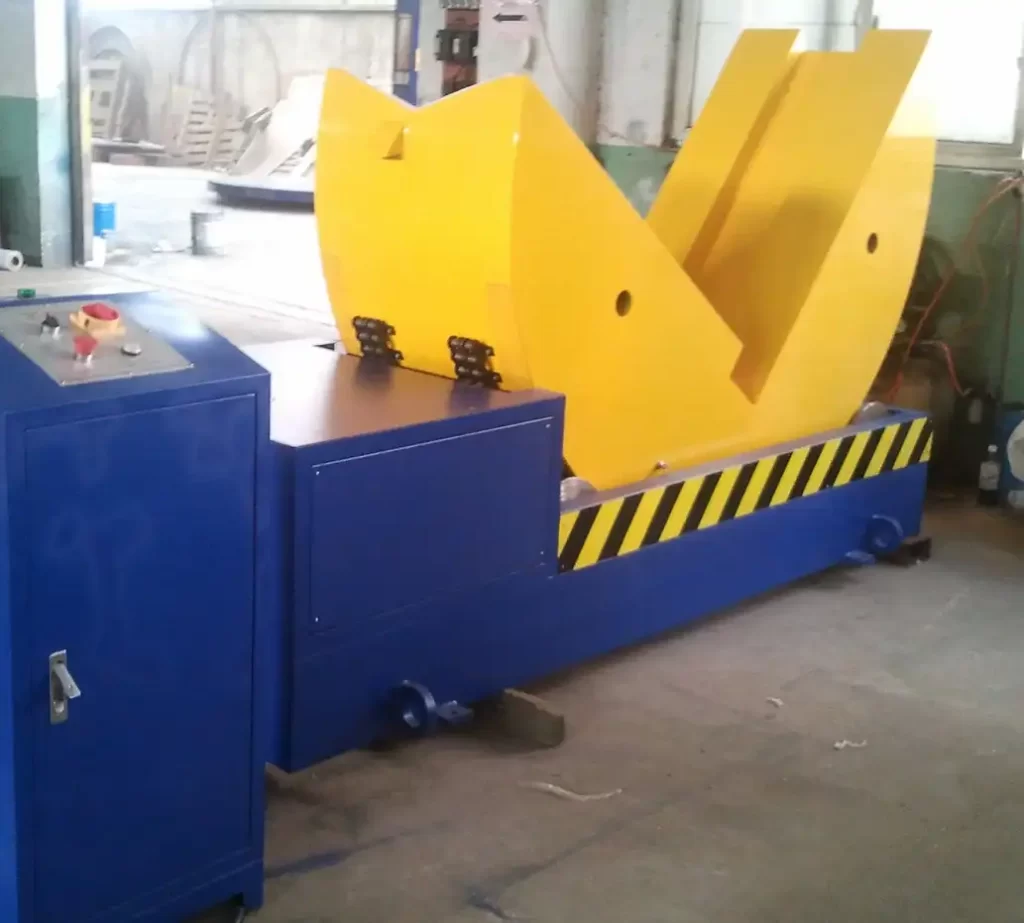
2.3 Calculating Efficiency’s Contribution to Cost Savings
When I look at the long-term gains, it becomes clear that the upender’s impact on operational efficiency significantly offsets its purchase price. By reducing labor hours and minimizing errors in coil handling, I’m able to cut down on costs in areas that would otherwise require more resources. However, this benefit largely depends on usage frequency; the more often the machine is used, the faster these efficiency gains accumulate and contribute to recouping the initial investment.
What Maintenance Expenses Should You Expect?
3.1 Routine Upkeep and Parts Replacement
Owning a coil upender isn’t just a one-time purchase—it’s an ongoing commitment to maintenance. Like any heavy machinery, coil upenders require routine checks and periodic part replacements to stay in peak condition. I quickly realized that the cost of this upkeep can add up. For example, hydraulic systems need regular inspections, while mechanical parts like gears and belts may wear down over time, especially with frequent use. Having a maintenance schedule is essential to avoid sudden breakdowns, but this also means budgeting for routine expenses to ensure smooth operations.
3.2 Long-Term Wear and Unexpected Repairs
No matter how well-maintained, heavy machinery will experience wear and tear over the years, and coil upenders are no exception. Unexpected repairs, especially those involving hydraulic components, can be costly. During my first year of ownership, a minor hydraulic leak turned into a significant repair bill because it hadn’t been detected early. Planning for these unexpected expenses helps reduce downtime and ensures that repairs don’t disrupt production.
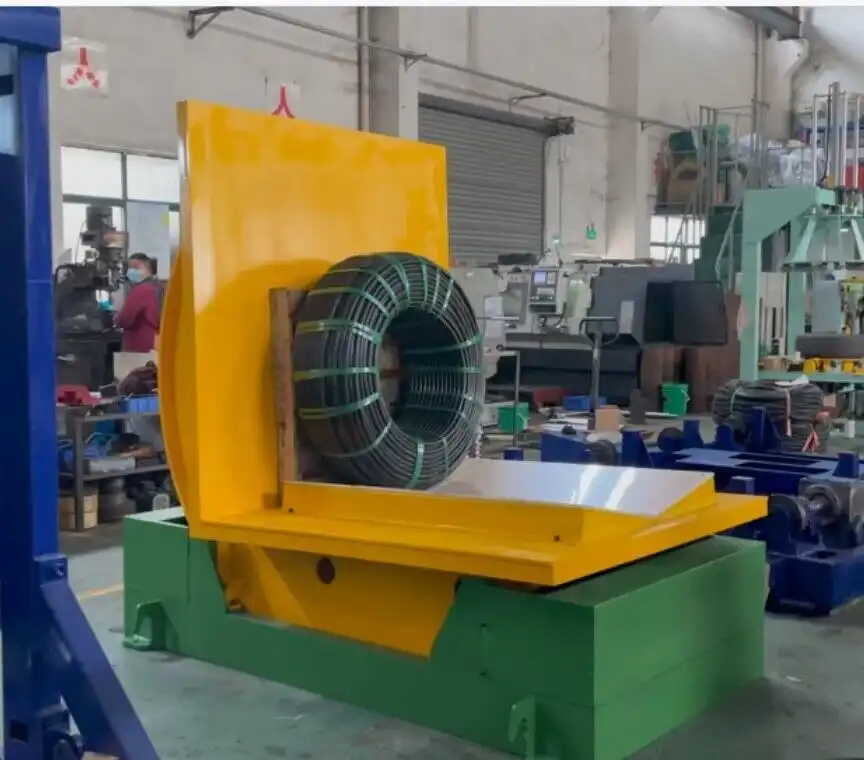
3.3 Balancing Maintenance Costs with Downtime Risks
The real question is how these maintenance costs stack up against the potential risks of downtime. Every moment the upender is offline, production halts, impacting output and revenue. By investing in preventive maintenance, I can mitigate these risks, keeping the upender running efficiently. While the costs are ongoing, they are often less than the financial impact of a significant breakdown, making regular maintenance a worthwhile investment in the long run.
Is the Resale Value Worth Considering?
4.1 Depreciation and Market Demand for Used Upenders
One factor I hadn’t initially considered was the resale value of a coil upender. While depreciation is inevitable, some models retain value better than others. High-quality upenders with advanced features and robust build tend to have higher resale value, particularly when kept in good condition. If market demand for used coil upenders is high, it’s possible to recover a portion of the initial investment by reselling the machine when it’s no longer needed.
4.2 Maximizing Resale Value Through Proper Maintenance
The resale value of a coil upender depends heavily on how well it’s maintained. A machine with documented maintenance records, minimal wear, and up-to-date components can attract a better price. When I decided to explore the potential for resale, I understood that maintenance was not just about keeping the machine operational; it was also about preserving its value over time. Taking steps to prevent major wear and keeping the machine in good condition can make it more appealing to future buyers, allowing for a more substantial return on investment.
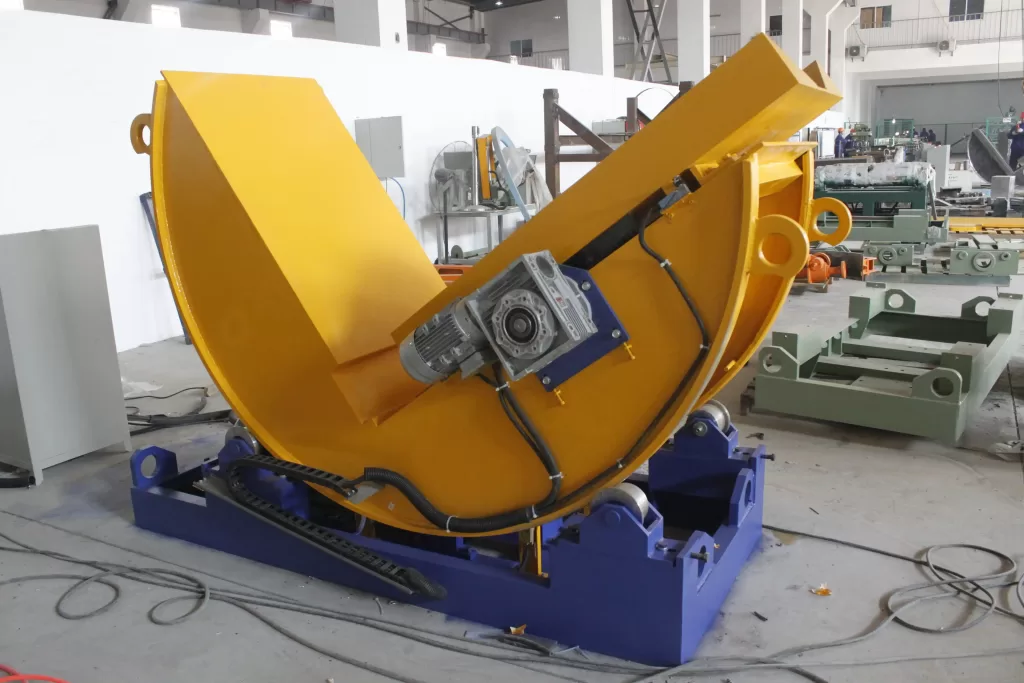
4.3 Weighing Resale Potential in Long-Term Cost Calculations
If there’s a chance the machine might be resold down the line, factoring in resale value makes sense. While it won’t cover the full purchase price, a well-maintained upender can recoup a significant portion of the investment. For me, knowing I could eventually resell it provided peace of mind and influenced my decision to invest in a higher-quality model. When considering the overall cost of ownership, the potential for resale offers an added financial benefit that can help offset initial expenses.
Conclusion
In weighing the true cost of a coil upender, it’s clear that the purchase price is just the beginning. Maintenance, efficiency improvements, and potential resale value all play roles in determining whether the investment is worthwhile. For operations that depend on frequent coil handling, the long-term gains in productivity and safety can make a high-quality upender a sound investment. While hidden and ongoing costs should not be overlooked, they often balance out when the machine’s value to the workflow is fully considered.
[Claim: Factoring in all costs and benefits reveals the true value of a coil upender beyond the sticker price.]

Get Your Best Solution !









